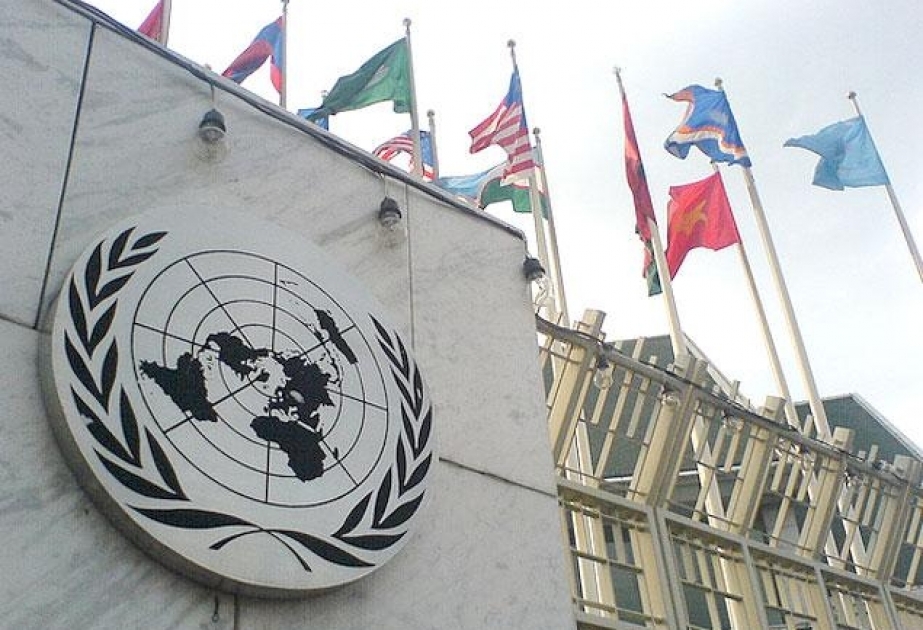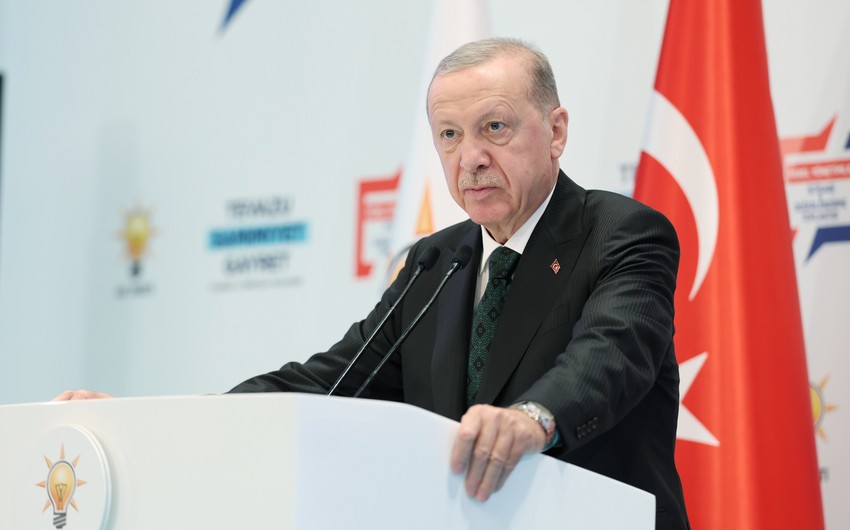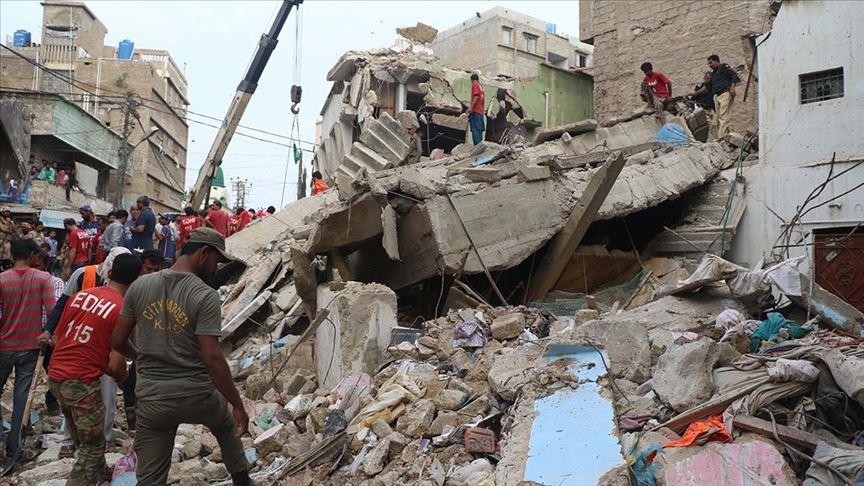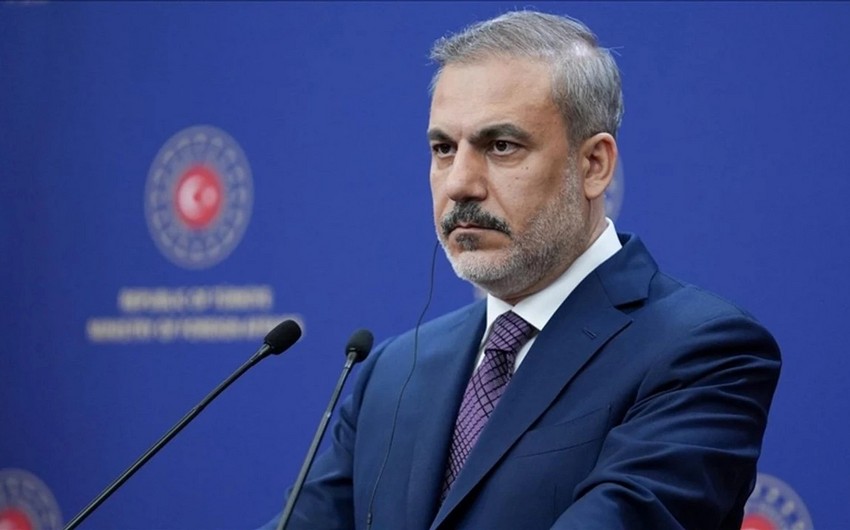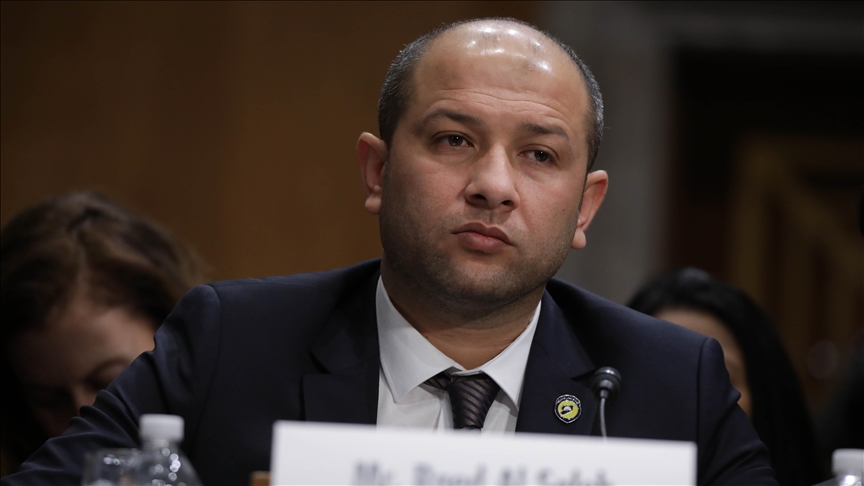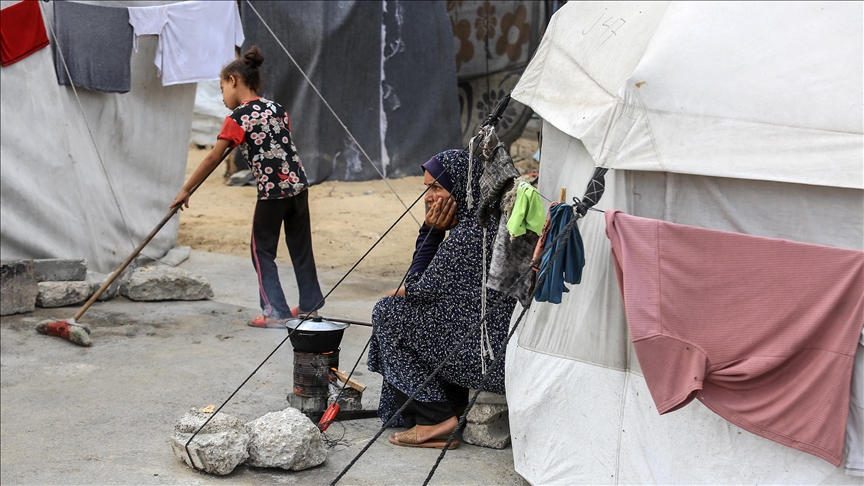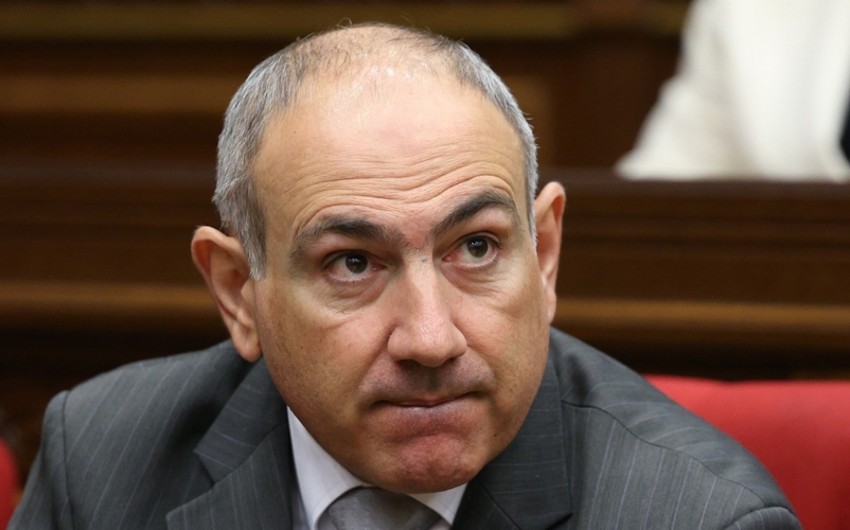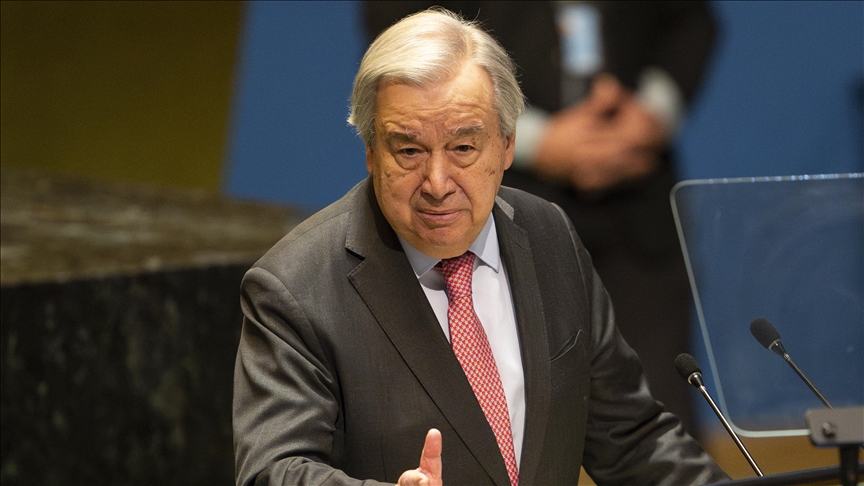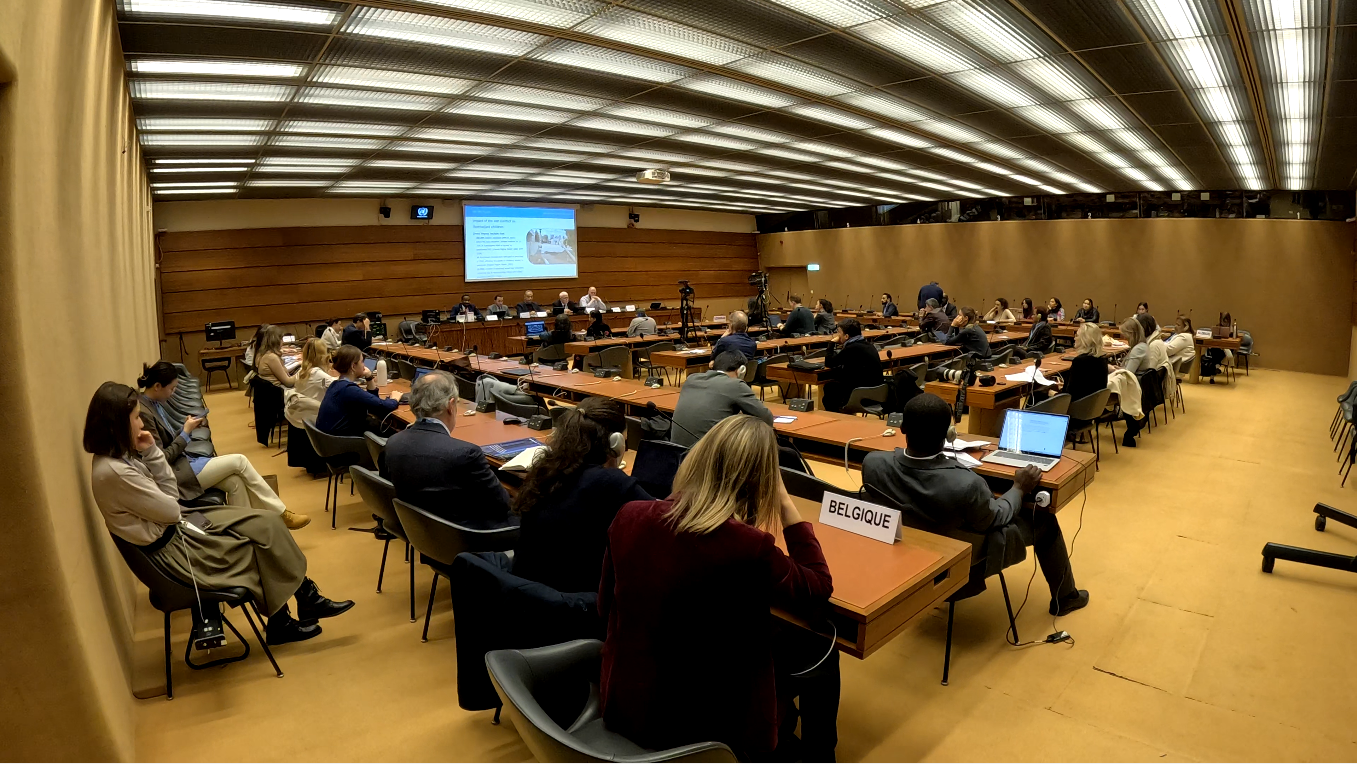What are the key numbers and points in the GTR report?
UNHCR estimates that forced displacement has continued to increase in the first four months of 2024 and by the end of April is likely to have exceeded 120 million. Makes the population equivalent to the 12th largest country in the world, approaching the population of Japan.
By the end of 2023 an estimated 117.3 million people remained forcibly displaced by persecution, conflict, violence, human rights violations and events seriously disturbing public order; +8% y/y (an additional 8.8 million people), which continues a trend of year-on-year increases for 12 years. This
includes:
o 43.4 million refugees and other people in need of international protection
o 31.6 million refugees under UNHCR’s mandate
o 5.8 million other people in need of international protection
o 6 million Palestine refugees under UNRWA’s mandate
o 68.3 million internally displaced people
o 6.9 million asylum-seekers
40% - some 47 million among the forcibly displaced are children.
By the end of last year, one in 69 people globally or 1.5 per cent of the entire world’s population, was forcibly displaced, nearly double the 1 in 125 people a decade ago.
Is it true poor countries host majority of refugees?
Low- and middle-income countries hosted 75 per cent of the world’s refugees and other people in need of international protection. The Least Developed Countries provided asylum to 21 per cent of the total.
Where do most of refugees live?
69 per cent of refugees and other people in need of international protection lived in countries neighbouring their countries of origin.
What are the reasons of this increase?
The rise to a new record reflects new and mutating conflicts, failure to resolve protracted conflicts and lack of political will to address root causes of displacement. Last year, at least 27.2 million people were forced out of their homes by wars and conflicts, with nearly one in four fleeing to another country.
How many IDPS globally?
Much of the overall increase was driven by new displacement notably internal displacement in Sudan, the Democratic Republic of the Congo, Myanmar, Somalia, Syria, and Ukraine. Most forcibly displaced people remained within the borders of their own countries (58 per cent) contributing a large share of the overall increase. UNHCR reports uses IDMC data (conflict affected) showing an increase to 68.3m in 2023 when compared to 62.5m in 2022 which is +9.3 per cent from a large base and +49 per cent in five years.
How many refugees worldwide?
There were 43.3 million refugees at the end of 2023 (+8% y/y) including 31.6 million refugees under UNHCR’s mandate and 6 million Palestine refugees under UNRWA’s mandate). In addition, 5.8 million other people in need of international protection (+10%). That is equivalent to the population of Poland and compared to a decade ago, the total number of refugees globally has more than doubled when there were 19.5 million refugees. Most refugees have remained displaced for many years. This included those refugees escaping rapid escalations of conflict in Haiti and Sudan as well as further forced displacement from Afghanistan, Venezuela and Ukraine.
73% of refugees under UNHCR’s mandate originate from just five countries (Afghanistan, Syria, Venezuela. Ukraine, Sudan).
Most refugees remain in countries neighbouring their home country - 69 per cent of refugees at end-2023.
As in recent years, the burden of hosting refugees is not equally distributed across countries.
Which are the largest refugee populations?
The largest refugee population globally were Afghans, constituting one in six of all refugees under UNHCR’s mandate. Slightly more than 6.4 million Afghans were hosted in 108 countries, an increase of 741,400 or 13 per cent from the previous year. This was predominantly due to the increase of Afghans in refugee-like situations in the Islamic Republic of Iran (+327,300) and Pakistan (+189,800).
As in previous years 90 per cent of all Afghan refugees were hosted in the Islamic Republic of Iran (3.8 million) and Pakistan (2 million).
In 2023, after the outbreak of war in Sudan, the number of Sudanese refugees surged by 79 per cent to 1.5 million. Approximately six in seven (86 per cent) are hosted in neighbouring Chad (923,300) and South Sudan (359,600).
At the end of 2023, an estimated 24.9 million refugees and other people in need of international protection were in 58 protracted situations, in 37 host countries, 1.6 million people more than the previous year.
Avoid messaging on largest hosts if possible (see separate lines)
How many are asylum seekers?
In total there were 3.9 million individual asylum applications registered in 160 countries by States or UNHCR worldwide. This is the largest number of individual asylum applications ever recorded and represents a one-third increase from the 2.9 million individual applications in 2022.
The increase in claims and pending decision shows asylum systems are under unprecedented strain and not enough resources are being offered to improve decision making, speeding appeals and finding solutions for those rejected. UNHCR is working with states and can bring resources to support efficiency.
Which were the largest asylum claim recipient countries?
The United States of America was the world’s largest recipient of new individual applications (1.2 million), followed by Germany (329,100), Egypt (183,100) and Spain (163,200).
This is the largest number of individual asylum applications ever recorded and represents a one-third increase from the 2.9 million individual applications in 2022.
How many asylum applications in the US?
One-third of all new individual applications, some 1.2 million, were lodged in the United States of America in 2023, a 61 per cent increase from the previous year. As in previous years, most new individual asylum applications in the United States of America were from nationals of Latin America and the Caribbean countries, notably Venezuelans (185,300, +34 per cent), Colombians (128,100, four times more than 2022), Cubans (99,400, +37 per cent), Nicaraguans (90,800, three times more than 2022) and Haitians (75,900, +81 per cent).
Globally, the United States of America reported the largest number of pending applications, 2.6 million, which was 45 per cent more than at the end of the previous year (1.8 million).
Which were the most critical forced displacement situations in 2023?
Some of the largest and most critical forced displacement situations in 2023 were Syria, Sudan, Afghanistan, Ukraine, the Democratic Republic of the Congo, the State of Palestine, Somalia and Myanmar.
The largest displacement crisis remains Syria. 13.8 million Syrians remain displaced after more than a decade, 7.2 million inside Syria, and 6.4 million as refugees in other countries. The war in Sudan has displaced more than 10.8 million people and remians a huge concern, specially in Darfur. Most (9.1 million) inside the country, while some 1.8 million have fled to neighbouring countries like Chad, Ethiopia, South Sudan and Egypt. In just one year, the Sudan Emergency became one of the largest displacement emergencies in the world. More than 10 million Afghans remained displaced, including 6.4 million refugees, mostly in Iran and Pakistan. Opportunities for return remain limited, as almost half the population of more than 40 million people in Afghanistan face acute food insecurity and millions remain displaced within the country. Displacement within and from Ukraine continued, albeit at a slower rate than during the previous year. The conflict appear to be intensifying again .At the end of 2023, a total of 9.7 million Ukrainians remained forcibly displaced, including 6 million refugees and asylum seekers. Conflict in the Democratic Republic of the Congo continues to cause devastation in the country’s east. Over 6.8 million people remained internally displaced in the DRC by the end of 2023.
UNRWA estimates that between October and December 2023, up to 1.9 million people (or over 85 per cent of the population) have been displaced within the Gaza Strip in the State of Palestine, with some having been forced to flee multiple times. By the end of 2023, there were 6 million Palestine refugees under UNRWA’s mandate, 1.6 million of whom are in the Gaza Strip. UNRWA estimates that 70 per cent of the Palestine refugees under its mandate in the Gaza Strip have become internally displaced in 2023, compounding existing vulnerabilities.
Somalia continued to experience persistent insecurity in 2023 as well as extreme weather events, with flash floods in April 2023 following years of drought. During the year, 1.3 million Somalis were displaced by conflict and a further 1 million by natural disasters. In 2023, the number of IDPs in the country rose to 3.9 million, while 1 million Somalis sought protection in other countries. More than 1.4 million people have been displaced within Myanmar in 2023 by escalating violence following the military takeover in February 2021, bringing the total number of IDPs in the country to more than 2.6 million by the end of the year. An additional, 1.3 million refugees and asylum-seekers from Myanmar are hosted in other countries. Nearly one million are stateless Rohingya refugees, most of whom fled Myanmar seven years ago.
What’s the sense of burden-sharing while hosting displaced people globally?
Low-income countries continued to host a disproportionately large share of the world’s displaced people, both in terms of their population size and the resources available to them. These countries represent 9 per cent of the global population and only 0.5 per cent of global domestic product, yet they hosted 16 per cent of refugees. The Gini coefficient measures the disparities between countries hosting refugees relative to each country’s population size and wealth. Based on the global distribution of 37.4 million refugees indicate a significant imbalance in the distribution of refugees with a small number of countries shouldering much of the responsibility.
Any good news from 2023?
In previous years, voluntary repatriation, local integration and resettlement offered solutions to millions of refugees. In particular, the end of conflicts allowed IDPs and refugees to return home. With existing conflicts becoming more protracted and new ones breaking out, voluntary returns are becoming more difficult. Worldwide, 6.1 million displaced people returned to their areas or countries of origin in 2023, including 5.1 million internally displaced people and over 1 million refugees.
We are working hard on solutions and there are some reasons for optimism: regional solutions platforms are in place or advancing. UNHCR is pursuing a routes-based approach and working with states to improve asylum systems, find third countries solutions and working on returns in dignity (for those not in need of international protection).
In 2023, nearly 1.1 million refugees from 39 countries of origin returned from a total of 84 countries of asylum (see figure 15). Four out of five of those returning were Ukrainian or South Sudanese.
However, finding solutions for refugees has become extremely challenging; large-scale returns have not occurred as in previous decades (eg 1990s, 2000s).
In 2023, 6.1 million forcibly displaced people returned: 1 million refugees (-308,100, 23% less than in 2022); 5.1 million IDPs returned (-3.2 million, 39% less ); and 154,300 refugees were resettled (+40,000, +35%). The latter is a welcome return after the declines during Covid but we need much more from states.
Most spontaneous returns that took place during the year occurred in contexts not conducive to safety and dignity, and may not be sustainable (eg South Sudanese from Sudan). Nearly 62% of all IDP returns were within the DRC (1.8 million) and Ukraine (1.3 million)
How many refugees were resettled?
According to official government data, 154,300 arrivals through resettlement, community sponsorship and other third-country solution programmes were reported by 17 countries during 2023, representing 35 per cent more (40,000) than during the previous year. Despite the uptick in numbers, the total still only accounted for 8 per cent of the estimated 2 million individuals globally identified by UNHCR as in need of resettlement. UNHCR submitted 155,500 refugees to States for resettlement.
How many were resettled to United States?
The United States of America received the largest number of resettled refugees, totalling 75,000, with the majority originating from the Democratic Republic of the Congo (22,100), followed by Syria (14,700), Afghanistan (8,600) and Myanmar (6,600). Canada resettled nearly 51,100 refugees, primarily from Afghanistan (16,600), Eritrea (9,200), Syria (8,400) and Somalia (4,300). Germany welcomed 4,500 refugees, 3,300 of whom were from Syria.
Any other legal pathways?
Family reunification was the most important legal pathway for refugees during the year.
How many refugees were able to acquire citizenship?
According to the data received from 24 refugee hosting countries in 2023, approximately 30,800 refugees acquired citizenship, originating from 135 countries.
In 2023, 32,200 people acquired citizenship or had their nationality confirmed in 29 countries. This figure is slightly higher than in 2022 but is still lower than reported in previous years.
What is the situation of Statelessness?
The global stateless population was estimated at 4.4 million by the end of 2023. This figure includes people who were either stateless or of undetermined nationality and represents a 1% fall y/y. The decrease primarily reflects improved population estimates for northern European countries and Iraq.
The estimate of 4.4 million is based on data for 95 countries reported to UNHCR by governments and collected from other sources.
During the 2023 Global Refugee Forum, 24 entities, including 11 States, along with 13 organizations, committed to joining the Global Alliance which will be launched in October 2024
In 2023, 14 States improved their laws, policies and procedures to prevent and reduce statelessness. Several countries introduced legal amendments to ensure that children are not born into statelessness and do not inherit it from their parents.
32,200 stateless people had their nationality confirmed or acquired citizenship during the year.
Which is the largest displaced stateless population?
Approximately one third of the global stateless population are also displaced. The largest displaced stateless populations are Rohingya refugees in countries neighbouring Myanmar, predominantly Bangladesh (971,900). An additional 155,500 stateless Rohingya are internally displaced in Myanmar.
Any non-displaced stateless?
The largest non-displaced stateless populations were registered in Côte d’Ivoire (931,000) and Thailand (586,500).
Any improvements in preventing and reducing Statelessness?
In 2023, 14 States improved their laws, policies and procedures to prevent and reduce statelessness. Several countries, including the Republic of Moldova, North Macedonia, Kyrgyzstan and the Bahamas, introduced legal amendments to ensure that children are not born into statelessness and do not inherit it from their parents.
Brazil's constitutional amendment prevents the loss of Brazilian nationality when acquiring another and safeguards against statelessness resulting from renunciation of nationality. The United States of America put into effect new policy guidance to identify and assist stateless individuals, while Portugal approved legal amendments with a view to establishing a statelessness determination procedure.
How are extreme weather events affecting displacement?
Climate change is the defining issue of our time and most forcibly displaced people are living on the frontlines of the climate emergency where extreme weather conditions are impacting their protection, resilience and self-reliance.
Climate change is exacerbating the protection needs and risks for forcibly displaced people and contributing to new, onward and protracted displacement. Climate-related hazards can exacerbate vulnerabilities, hinder the enjoyment of human rights, and can lead to various other issues including economic deprivation and the straining of peaceful relations between communities and, ultimately, increasing fragility at all levels of society.
At the end of last year, three-quarters of displaced people were living in countries with high-to-extreme exposure of climate-related hazards. Nearly half of all forcibly displaced people live in countries where they remained exposed to conflict as well as these same climate-related hazards.
As the Global Trends report outlines, some 20 countries around the world, hosting millions of refugees, asylum-seekers and internally displaced people, are experiencing increasing risks of climate-related hazards as well as conflicts. Countries experiencing high, severe or extreme levels of climate-related hazards, as well as conflict include the Democratic Republic of the Congo, Somalia, Sudan, Syria and Yemen. Sudan, in particular, is the country where the largest number of forcibly displaced people are exposed both to climate-related hazards and conflict.
Urgent climate adaptation and mitigation, and measures to address loss and damage are needed. Frontline communities (including those forcibly displaced) are not getting the support they need. UNHCR’s role is to ensure refugees and asylum seekers impacted by climate change now, and in the future, are protected and have solutions. In line with our protection mandate and our wide operational presence, UNHCR is stepping up its efforts to ensure that forcibly displaced people are protected, have access to sustainable resources, and are resilient to the impacts of climate change. UNHCR is already providing a significant contribution towards their adaptation and resilience, but it is not enough.

